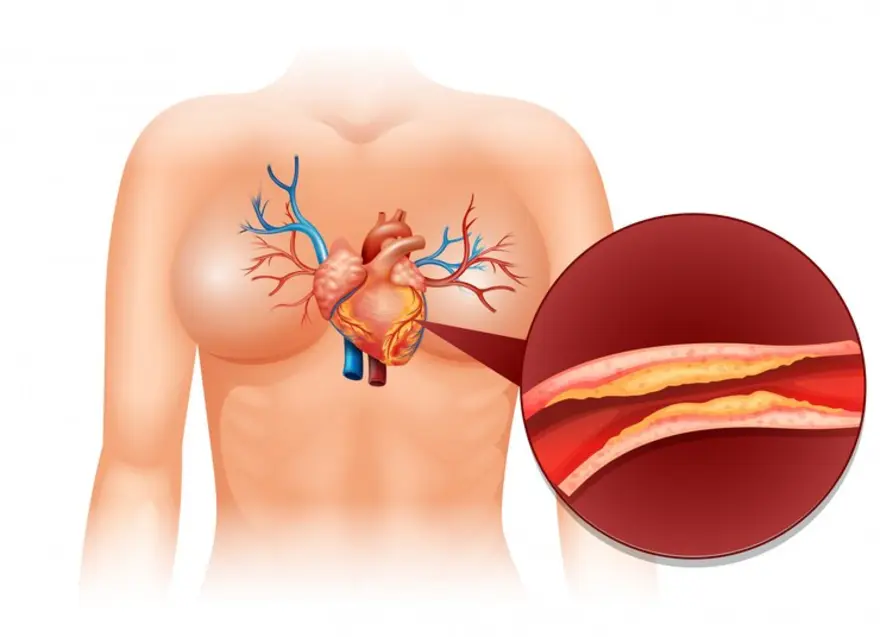Preventive Healthcare
Anti Nuclear Antibody (ANA) Test : Positive, Reasons, Procedure & Results
7884 Views
0

The body produces antibodies to fend off viruses and bacteria that cause infections and diseases. On the other hand, antinuclear antibodies mistake certain parts of the body for external matter and attack them, causing damage to the body.
Antibodies are essentially proteins that the immune system generates to fight bacteria, viruses, and other dangerous foreign bodies. They are made by the white blood cells (B cells). If an antibody finds proteins of a foreign infectious organism, it employs other cells to help keep the infection at bay. This process is called inflammation.
Sometimes, however, the immune system can misconstrue agents within the body as external attacks. It then produces specific antibodies known as "autoantibodies," which invade the body's cells and tissues, wreaking havoc on the joints, skin, and muscles.
Antibodies that aim for "normal" proteins contained in a cell's nucleus are called antinuclear antibodies (ANA). The high amount of ANAs is characteristic of autoimmune diseases such as lupus, Hashimoto's thyroiditis, scleroderma, polymyositis, Sjögren’s syndrome, mixed connective tissue disease, drug-induced lupus, inflammatory bowel disease, and autoimmune hepatitis.
Reasons for Getting an Antinuclear Antibody Test
An antinuclear antibody test can help determine the existence of particular types of antibodies in the body.
Patients with cancer or patients being administered particular medications may prove positive on an ANA test. Sometimes, even healthy people test positive. However, a doctor can explain if the result is normal or if you will require more tests for a diagnosis.
If you have these symptoms, your doctor may suggest an ANA test:
- Joint and/or muscle pain, stiffness, or swelling
- Tiredness
- Recurring or persistent fever
- A butterfly-like red rash that covers the cheeks and the end of the nose
- Weakness
- Light sensitivity
- Numbness and tingling in your hands or feet
- Hair loss
Procedure of ANA Test
Since the ANA test is fairly accurate and because it is a straightforward procedure, it is a common first test for conditions like lupus. Over 95% of testers with lupus test positive, which means that a negative test is a strong sign that the disease is not present. However, less than 15% of people with a positive ANA have lupus, and up to 15% of completely healthy people also have a positive ANA test. Therefore, positive ANA tests don't necessarily mean that you have an autoimmune condition.
During an ANA test, a healthcare professional extracts a sample of blood with a small needle, usually from the arm. You may feel a slight sting when the needle enters or leaves the skin, and the entire process takes no more than five minutes.
No special preparation is needed for an ANA test. Some individuals may have slight swelling and bruising where the needle was inserted, but they usually fade away quickly.
Methods of ANA Test
There are multiple methods to determine the presence of ANAs, which makes it difficult to comprehend the results. One of the most common procedures is a blood test called the Fluorescent Antinuclear Antibody Test, or FANA. Fluorescent-labelled antibodies are viewed with a glass slide on the microscope, and the shape and brightness of the fluorescence help determine the level of the antibodies.
Another commonly used method is called the indirect immunofluorescence assay (IFA). In this test, the doctor adds some fluorescent dye to the serum sample on the microscopic slide. This slide is then placed under a special microscope. Since the fluorescent dye attaches to any antibody in the sample, ANAs show up as fluorescent cells under the microscope.
Results of ANA Test
While a negative ANA test indicates that no autoantibodies exist in the body, a positive reading alone does not mean that there is an autoimmune condition present either.
- 3-15% of healthy individuals have ANAs present in their system. Autoantibody production increases with age.
- Viral infections also cause people to have ANAs, although these only last for a short time.
- Certain medications can also cause a spike in ANA. Speak to your doctor regarding what medication you are on before taking a test.
- Cancer may also cause a rise in ANA levels.
Hence, an ANA test does not indicate an autoimmune condition. It simply gives the doctor some direction regarding the likelihood of disease. However, to make a more definite verdict, the physician will need to investigate further.
However, a positive test result may indicate:
- Systemic lupus erythematosus (SLE)
- Another autoimmune disease
- Viral infections
- Health conditions such as cancer
A negative result on an ANA test means that there are no antinuclear antibodies present in your blood, which means that you probably don't have an autoimmune disorder. However, a negative ANA test does not eliminate the possibility of an autoimmune disorder.
Frequently Asked Questions
1. Should I Worry if My ANA Test Comes Back positive?
While a positive ANA result may indicate an autoimmune condition, this is not a certainty. You should check with your physician to determine the next course of action.
2. What are The Reasons for a Positive ANA Test?
A positive ANA may be the result of an autoimmune condition. However, it can also be caused by viral infections or health conditions such as cancer.
3. What Does a Negative ANA Test Indicate?
A negative ANA test does not mean the absence of an autoimmune condition. However, it does indicate that the likelihood of such a condition is low.
 Home Visit
Home Visit Upload
Upload














1701259759.webp)









 WhatsApp
WhatsApp